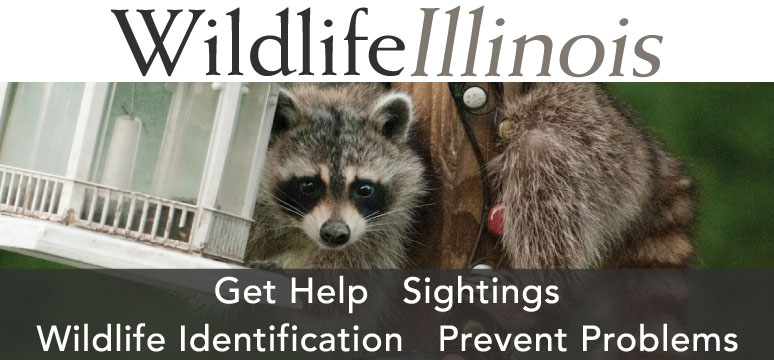

Photos by the author.
There are 13 species of cottontail rabbits in North America (the most common rabbit of any species). Illinois harbors two of those, the swamp rabbit and the eastern cottontail rabbit, the subject of this column.
Found statewide in Illinois, the cottontail can be found in a variety of habitats, from roadsides to farm fields and heavy forests, to even your own backyard. Although they can be found in a variety of habitats, they are a grassland/shrubland species and their populations are strongest where a mix of native grasses, forbs and shrubs are present. Locations that offer good opportunities to escape from predators and a reliable food source will more than likely be home to a rabbit or two.
Food sources vary from season to season. Warmer months offer the best opportunity with rabbits seeking out clover, dandelions, a variety of grasses, and even alfalfa from the farmers’ fields. As warm weather food opportunities begin to dry up, cottontails will begin searching for other food sources, feeding on the last of the summer berries, as well as seeds, buds and the bark of certain shrubs.
One interesting fact about cottontails is that they are coprophagic (a Greek term meaning ‘to eat dung’), which basically means that they will eat some of their own waste. Rabbits have two forms of waste: brown pellets that offer no nutritional value of which these are not eaten, and green pellets, which are typically the first few that are dropped. These green pellets that rabbits will eat contain partially digested food which retains much nutritional value.

Mating season that runs from February to September offers females the opportunity to mate a few times throughout the year. Females can produce approximately two dozen young in a single year, which is valuable for a species that only lives about two years in the wild. Gestation period takes just one month with females breeding again not long after giving birth.
Four to six young are born in a ground nest, often a shallow depression lined with hair and soft grasses. The nest is often left idle with the female only visiting the young when it is time to nurse. Little ones grow fast and within 14 days have left the nest. Females of the litter can possibly be breeding by six months of age.
Cottontail numbers have shown a decline over the years. Much of this has to do with habitat loss. With a decline in quality habitat, comes increased pressure from predation.
If we look at the state hunting report over the years, we can easily see that decline in rabbit numbers. As rabbit numbers began to dwindle hunting pressure followed suit with fewer hunters heading to afield. As an example, the 2001 numbers indicate a harvest of 400,000 rabbits. In 2021, the harvest was less than 100,000. The results suggest a combination of both fewer rabbits on the landscape, and also fewer hunters spending time in the fields chasing rabbits.
Another study that can give a good idea of possible populations is the Illinois Department of Natural Resources’ Road-kill Index. In existence since 1975, the road-kill index provides a measure of rabbit trends in the state. The road-kill index is calculated by tracking the number of rabbits killed on roads in June and July per 1,000 miles along routes travelled by observers.
In 1976, more than nine rabbits were recorded per 1,000 miles traveled, compared to just under two rabbits in 2022. This is a good example of the decline of cottontails in the state.
We can help slow that progression and do our part in building up the numbers once again.
Habitat creation and restoration is key. Rabbits fare best in areas of sufficient size that have quality native grasses, forbs and shrubs. In areas with poor habitat conditions, rabbits are most vulnerable to predators, including coyotes, foxes and many birds of prey. Under correct habitat conditions, the predator impacts are minimized.
Focus on the addition and restoration of native grassland/shrubland habitats and you can increase the rabbit population on your property. Minimal mowing of grasslands and areas along field edges provides the best habitat for cottontails and many other species, such as upland bird species. The presence of brush piles in native grassland areas and along field edges also can benefit rabbits. Sticks and branches piled at least 10 feet wide and 5 feet high will do the trick. Do not pile the branches too thick because you will want to make sure the rabbit is able to access this cover. Brush piles that are too large and dense can have a negative impact for rabbits and upland birds as these piles can be utilized as den sites for undesirable predators, such as raccoons, foxes and coyotes. Rabbits need to be able to enter the brush pile but at the same time it must be thick enough to keep predators out. Place your brush pile near brambles or heavy shrub cover that many predators would rather not walk through.
While rabbit numbers may show a decline over the years it is quite possible to quickly bring them back. Construction of good habitat plays a vital role in the reversal of those declining numbers.
Kevin Wright is an award winning outdoor writer and wildlife photographer whose work has been published in a number of publications and websites throughout the country. He lives and works out of central Illinois.




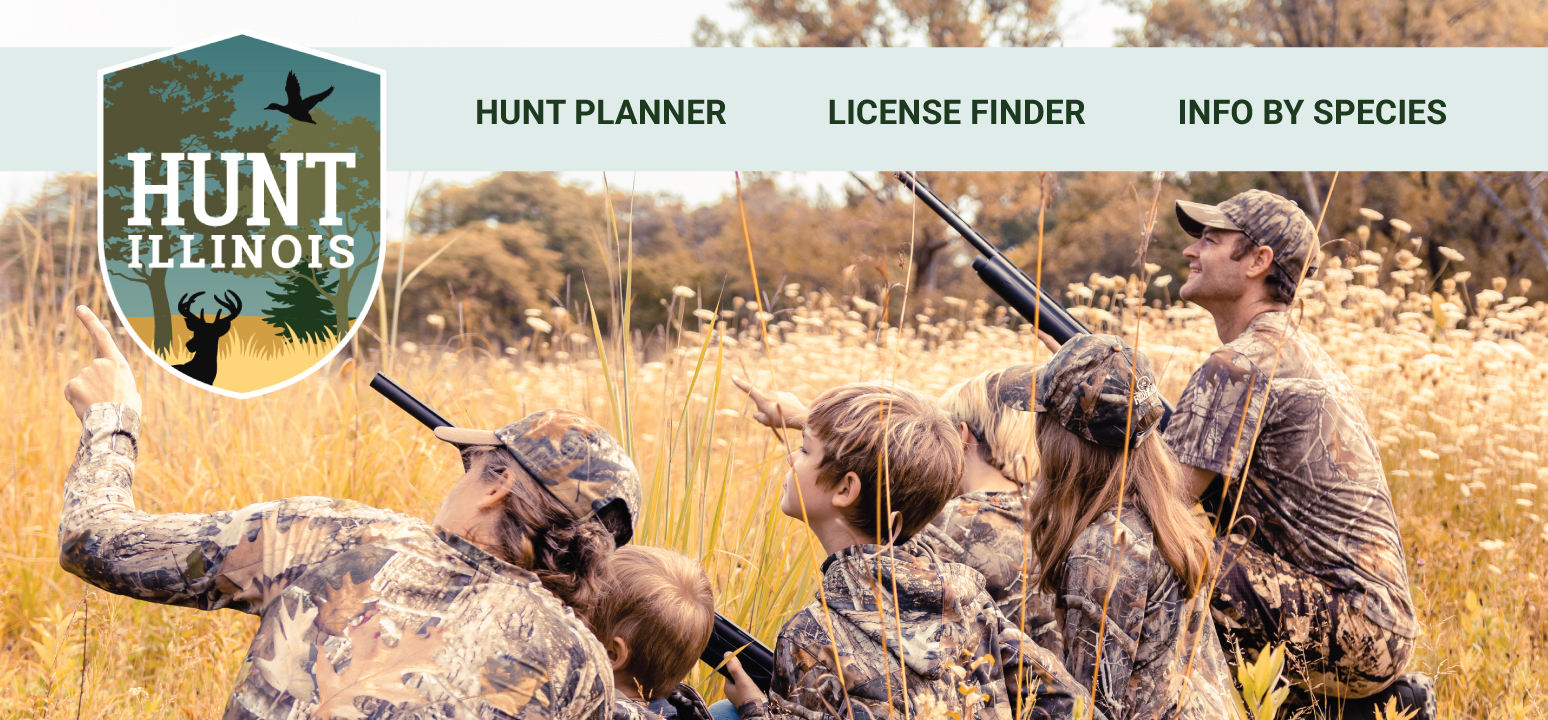
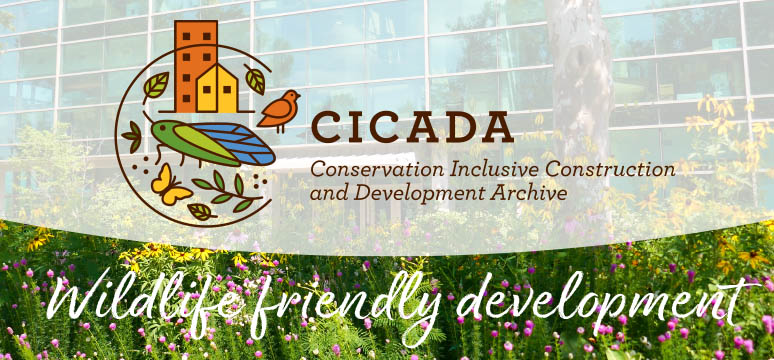
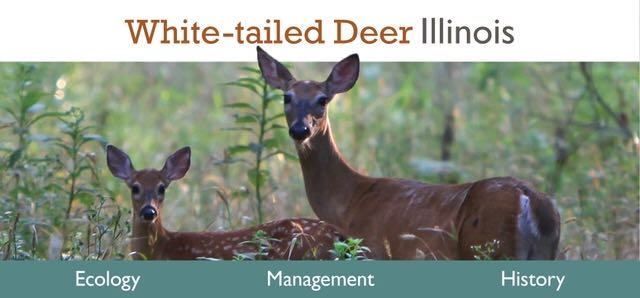
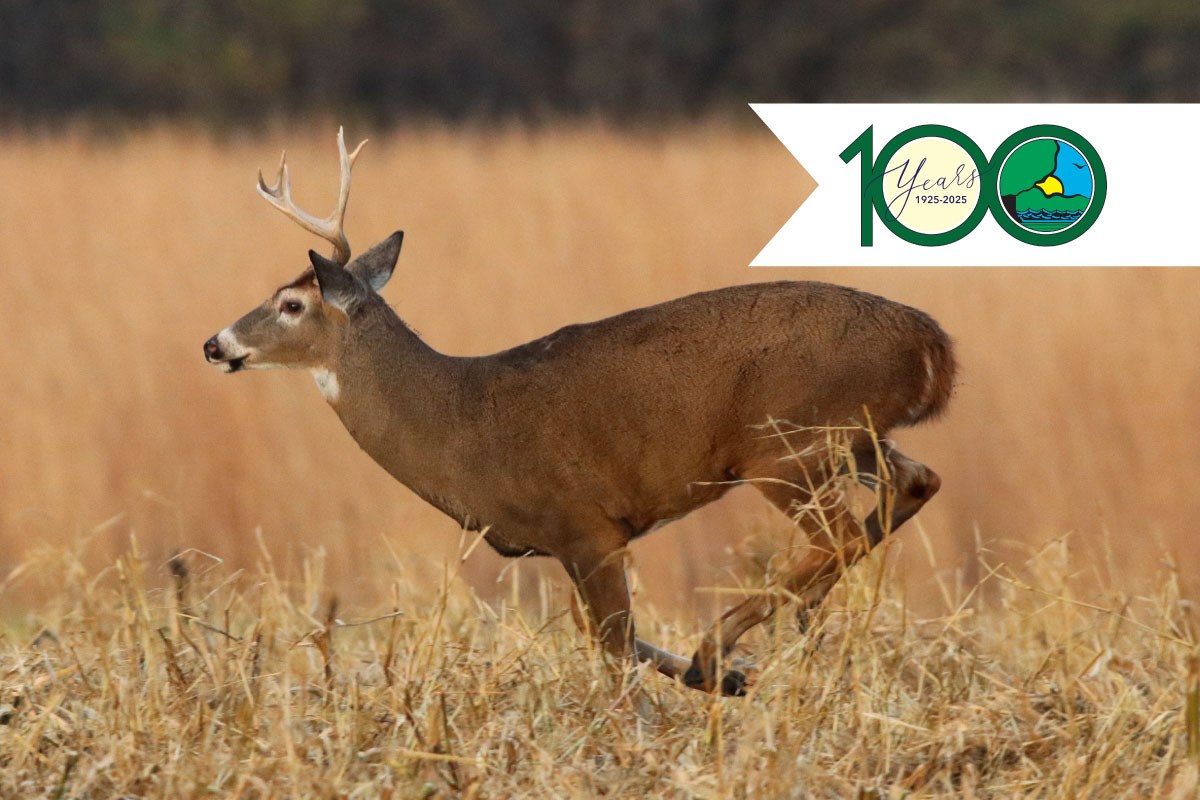
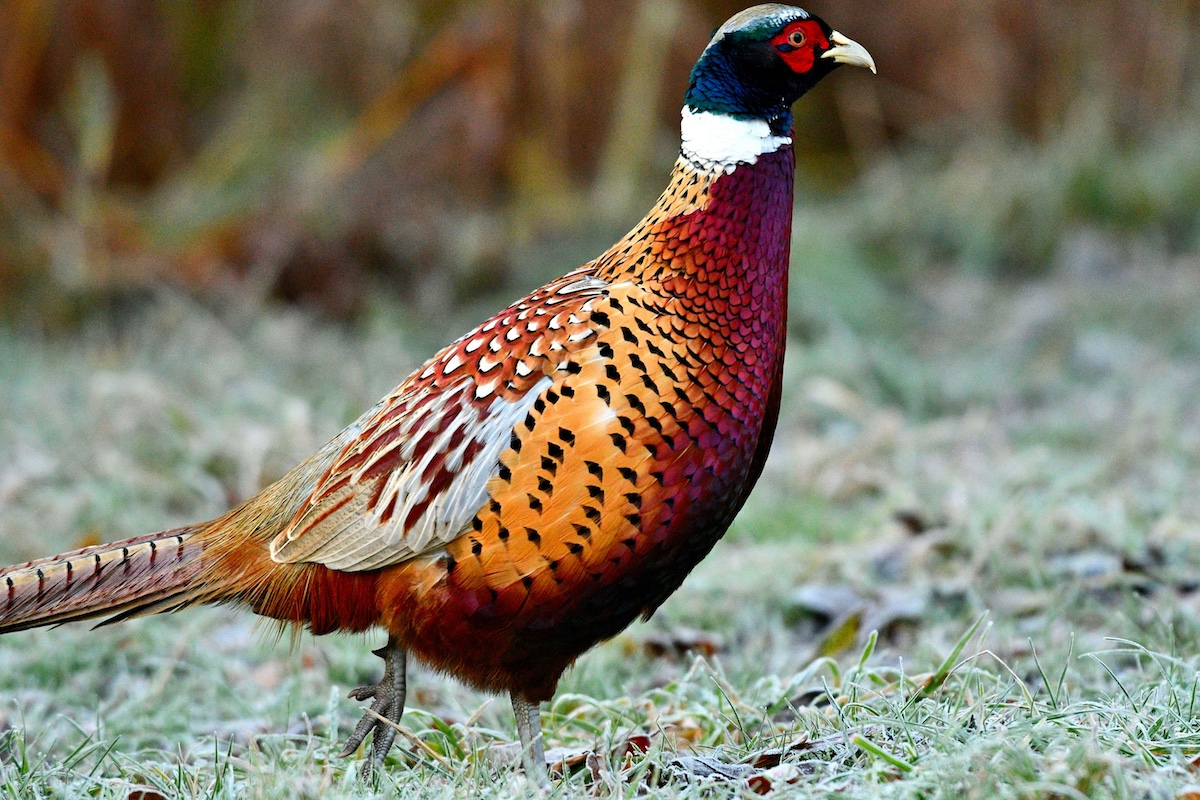
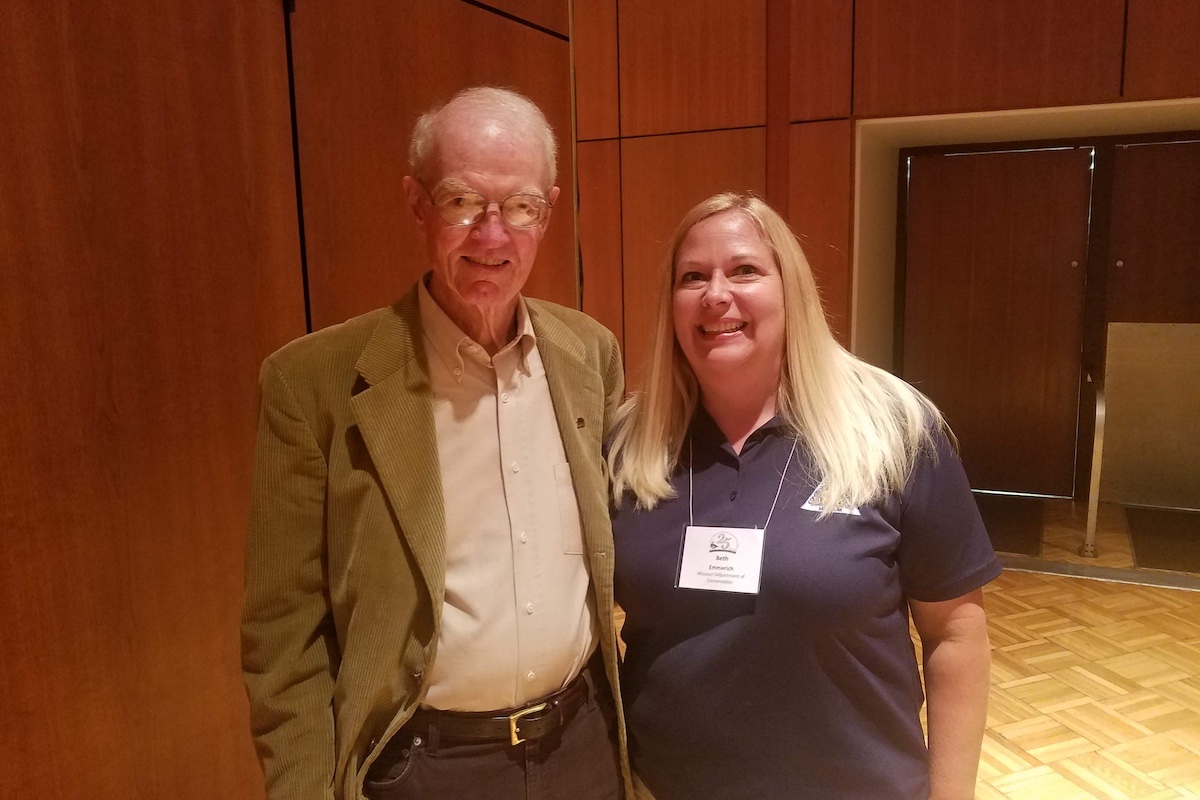
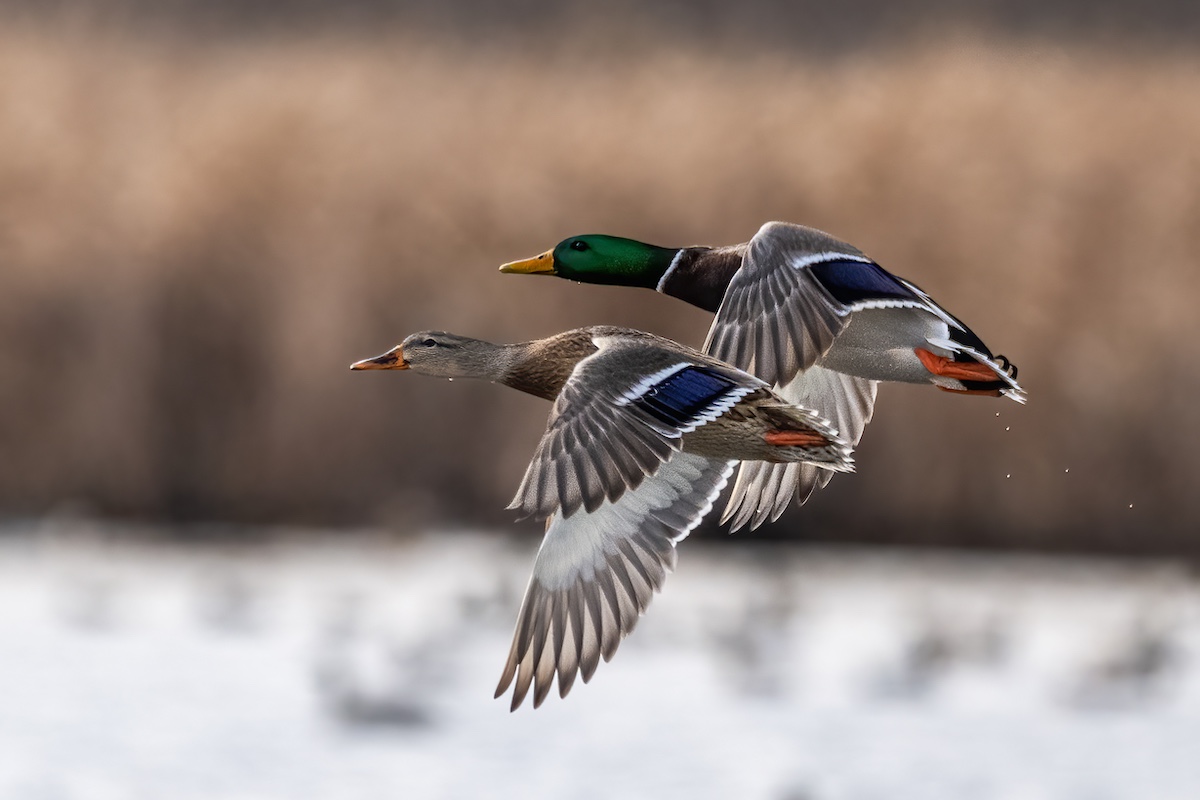
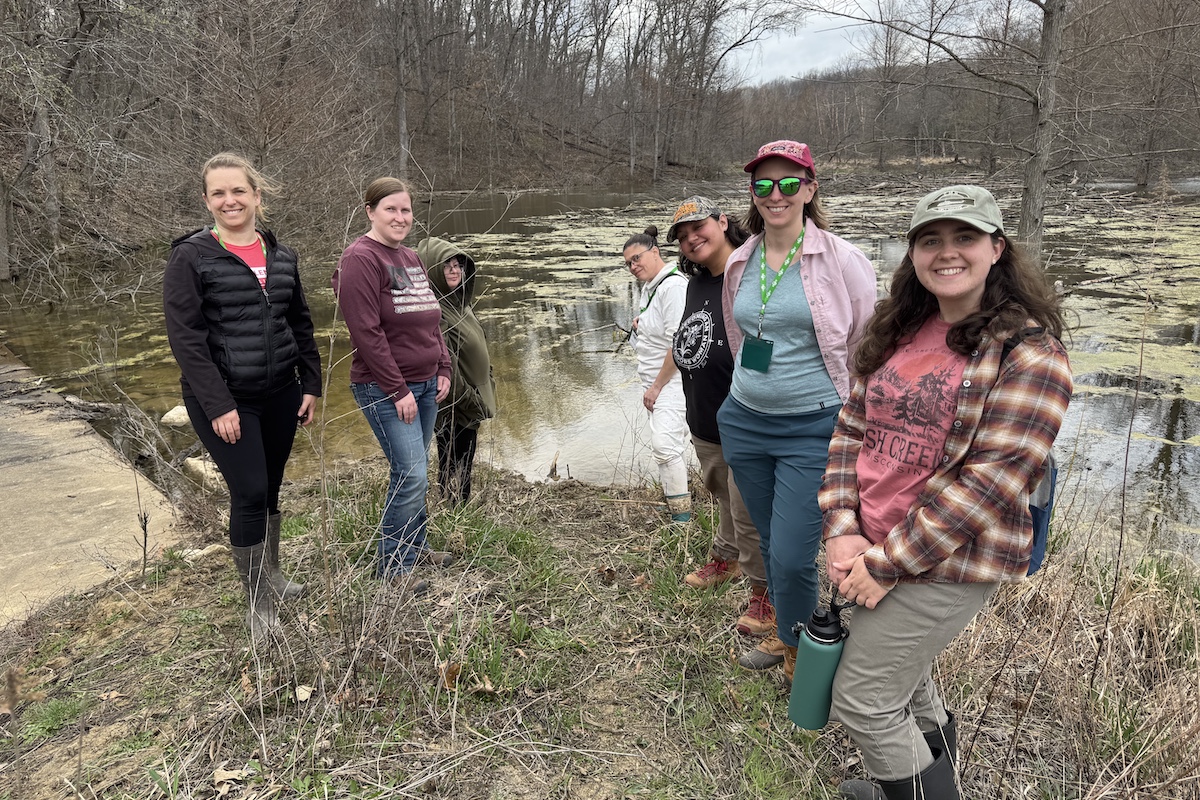
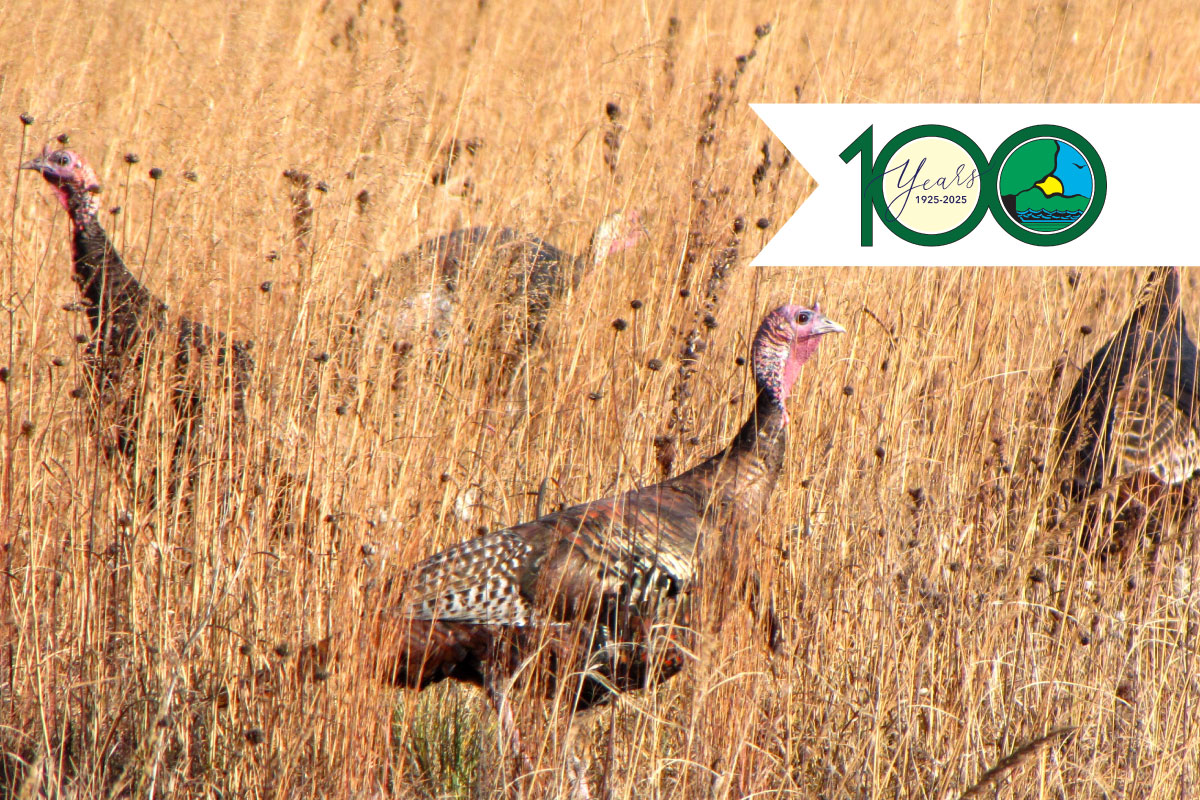
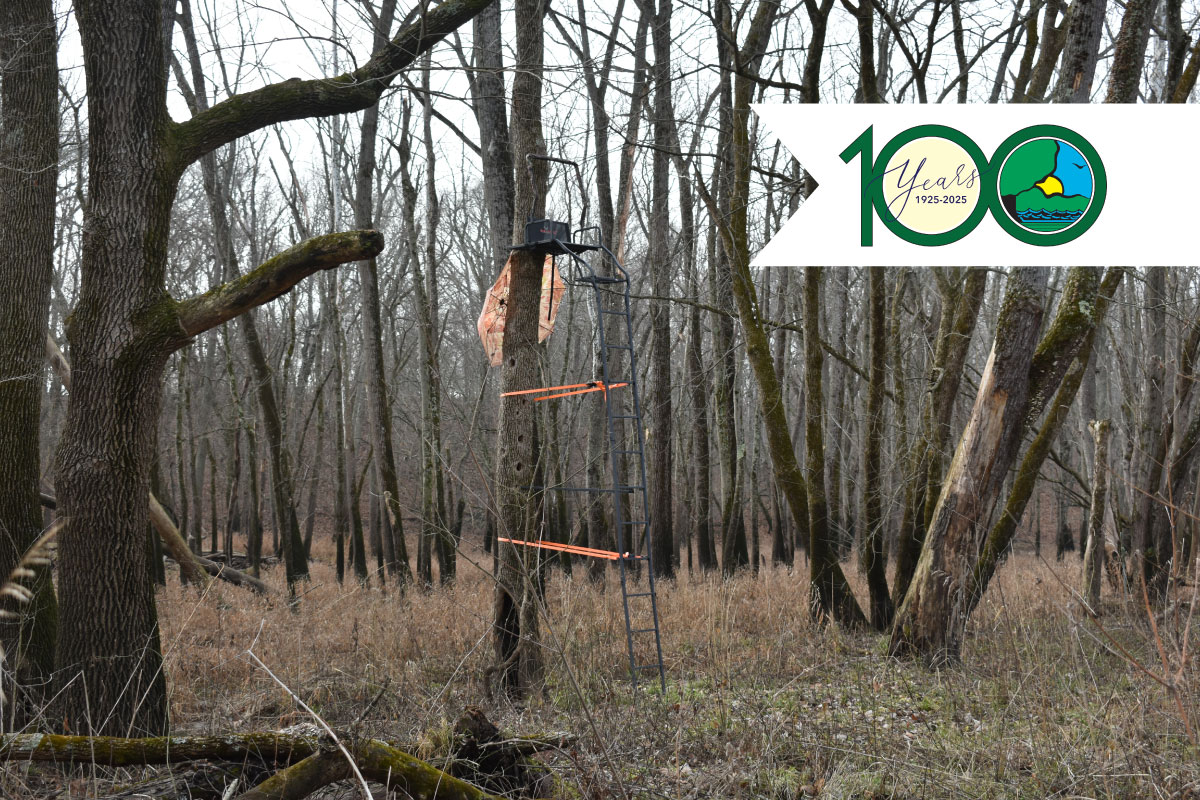
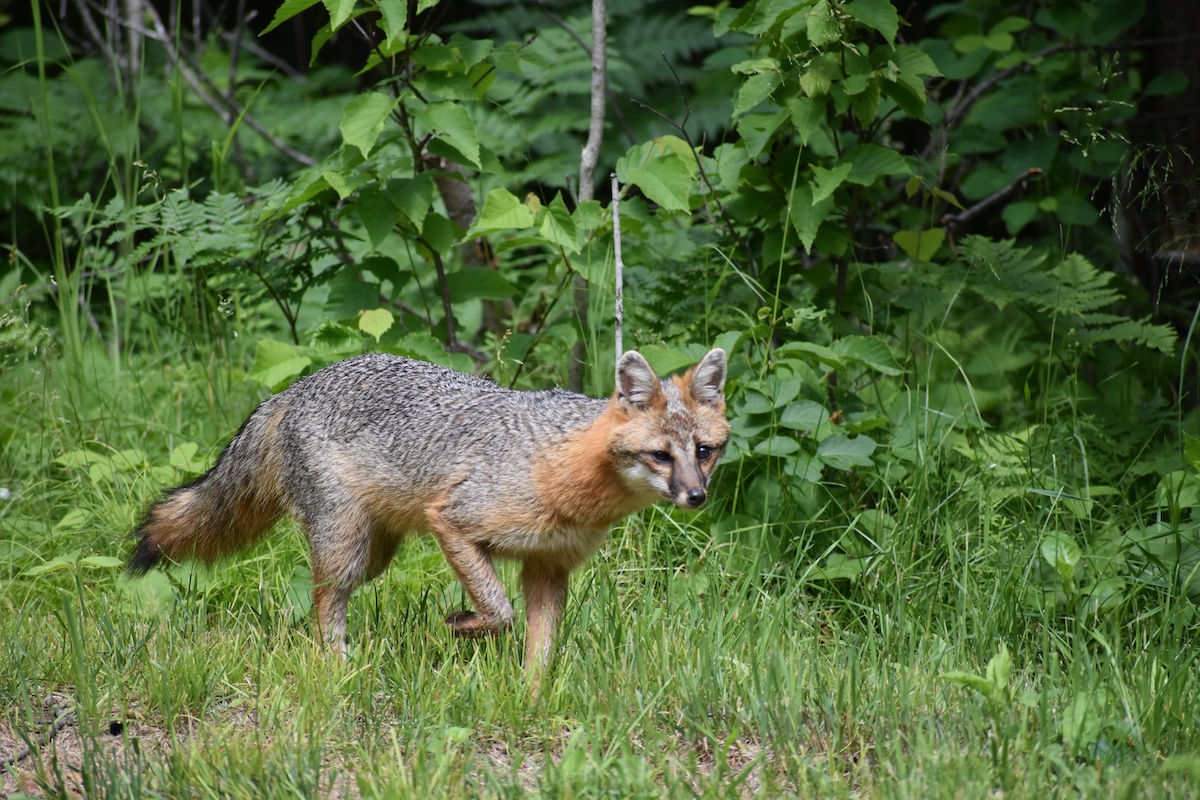
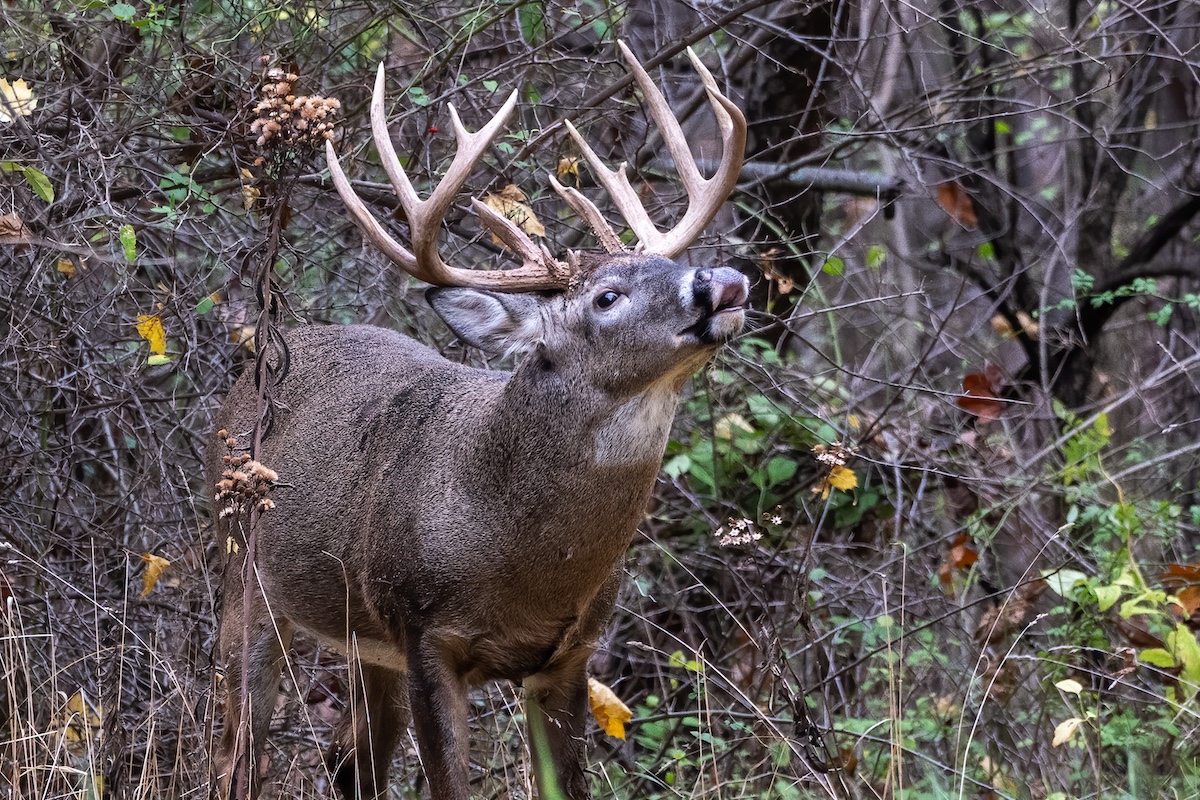

Submit a question for the author